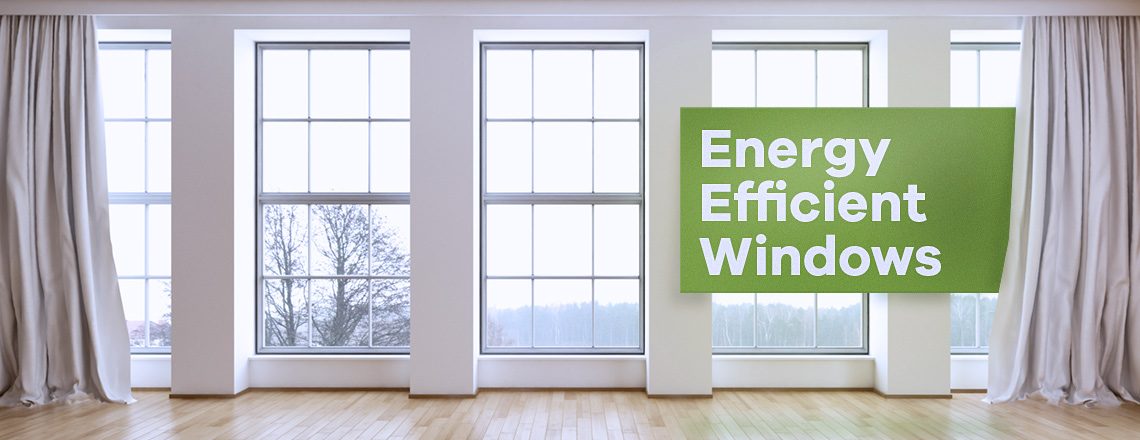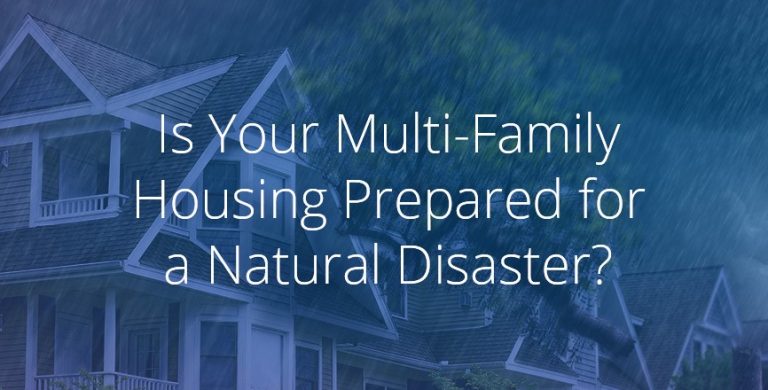Energy efficient windows are inherently expensive but the return on this investment is fantastic! If your windows are more than 15 years old, draftiness, hard to slide windows, and high energy bills may be getting to be a normal part of life… That and water spots and build-up that don’t seem to go away. The greater Cincinnati area sees freezing cold temperatures, solid heat with humidity (heat that sticks), and high winds that lead to many problems with older windows.
Looking to replace your windows? The following 3 points about energy efficient windows should help guide your decision making process:
1) Price Point
All new energy efficient windows for an average 2,500 sq. ft. house run about $15,000. That’s about $3,000 to $5,000 more than standard windows.
2) The Biggest Perk
Window replacement is one of the top 10 renovation projects for an investment return. You can recoup 60% to 80% of the project cost adding to your home value. Energy efficient windows under 10 years old will lean to a higher percentage. This is an added value of about $12,000 if you should decide to sell your house.
3) Energy Bill Savings
 The most efficient windows on the market are usually the most expensive, but it’s not necessary to buy the highest-end products to realize utility bill savings or improve comfort and aesthetics. Look for Energy Star labels to tell you whether a window performs well in your climate based on ratings from the National Fenestration Rating Council.
The most efficient windows on the market are usually the most expensive, but it’s not necessary to buy the highest-end products to realize utility bill savings or improve comfort and aesthetics. Look for Energy Star labels to tell you whether a window performs well in your climate based on ratings from the National Fenestration Rating Council.
In climates like Cincinnati’s, a significant heating season (winter) represents a major source of unwanted heat loss, drafts, and condensation problems. Thanks to technological innovations, it’s now possible to have lower heat loss, less air leakage, and warmer window surfaces that improve comfort while minimizing condensation. Depending on the condition of the old windows in an existing home, the savings can be higher if window replacement leads to long-term air leakage reduction. Due to the age of your old windows the saving ranges from 15% up to 26%.
During the hot months, non-energy efficient windows can be a major source of unwanted heat gain. In recent years, low-E coatings that reject solar heat without darkening the glass have undergone a technological revolution. It is now possible to significantly reduce solar heat gain and improve comfort while providing clear views and daylight. Depending on the condition of the old windows in an existing home, the energy savings can be 12% up to 37%.
Most homes that are around 15 years old can expect an overall yearly energy bill savings of 20%.
Need help determining what brand and products are right for your window project? Get help from the renovation pros at Roofing Annex – 513.685.9092
We proudly use America Windows & Glass
Terms to Know When Looking at Window Labels:
Glazing – refers to the layers of glass used in the window (single, double, or triple). Triple glazing doesn’t necessarily equal greater efficiency because other factors presented here.
Low-E – or low emissivity is a window’s ability to reflect rather than absorb heat when coated with a thin metallic substance. Low-E coatings add up to 10% to the price of a window. They’re effective, but not as much as those put between glazing layers during manufacturing. Look for the NFRC rating on these films.
Gas fill – argon or krypton gas put between glazing layers to improve insulation. This is where your real efficiency happens. Spacers separate sheets of glass in a window to improve insulating quality; the design and material are important to prevent condensation and heat loss.
Frame material – vinyl, wood, aluminum, fiberglass, or a combination of those. They each have different strengths: Vinyl windows are good insulators and are easy to maintain but contract and expand with temperature changes, affecting the window’s air leakage; wood offers a classic look but is similarly affected by moisture changes and needs regular maintenance; fiberglass is very stable and low-maintenance but can be expensive; and aluminum is lightweight, stable, and a good sound proofer but is a rapid conductor of heat, making it a drain on energy efficiency.


